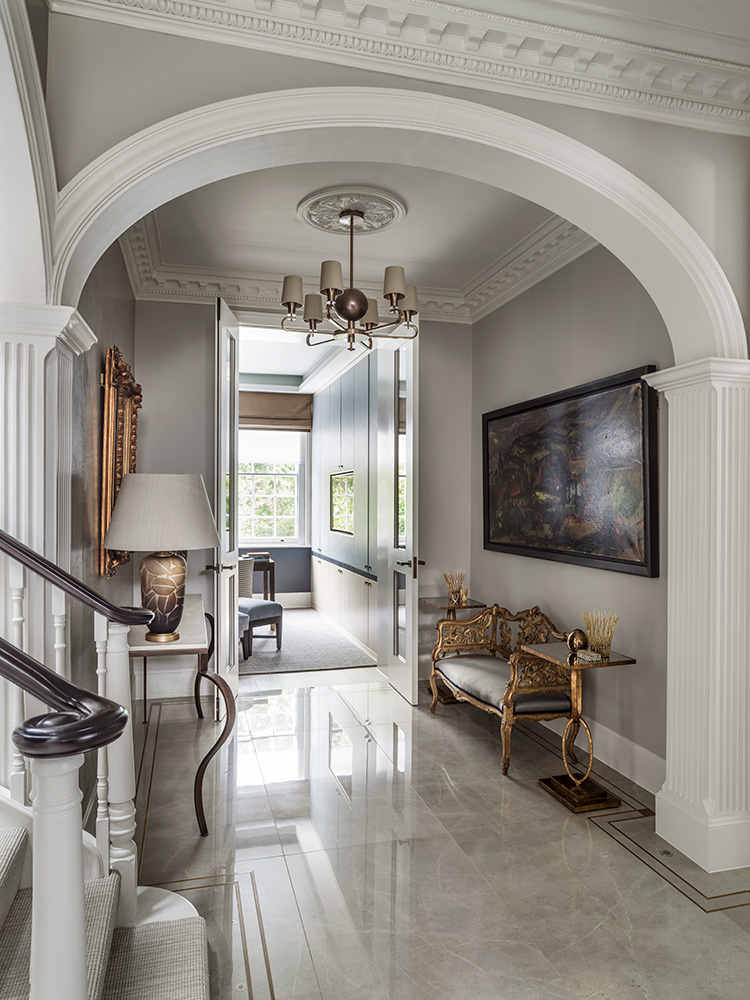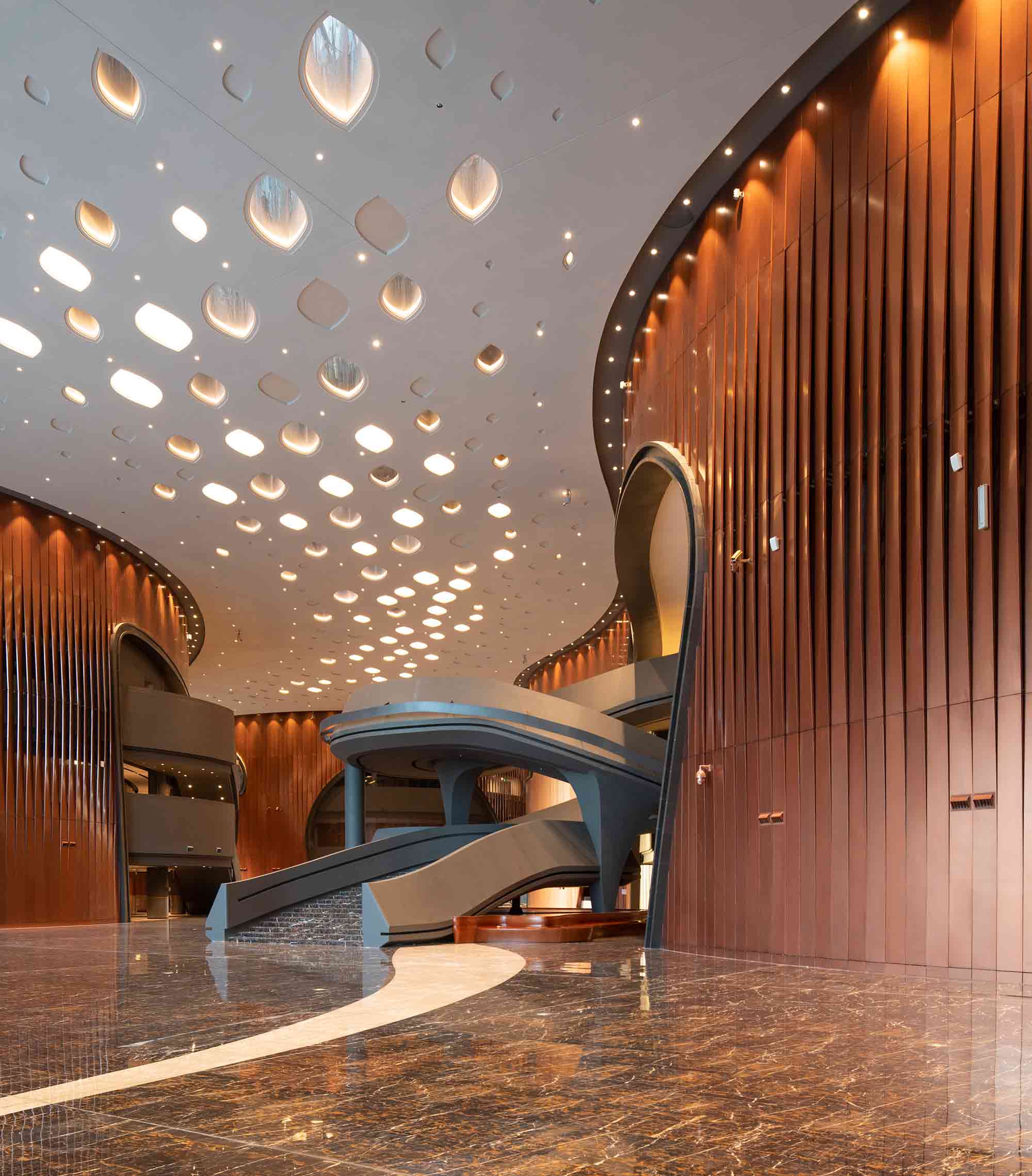Explore Expert Hampshire Architects for Your Next Project
Explore Expert Hampshire Architects for Your Next Project
Blog Article
The Art of Equilibrium: Just How Interior Design and Home Designer Collaborate for Stunning Outcomes
In the world of home style, striking an equilibrium in between visual appeals and performance is no little accomplishment. This delicate balance is attained through the unified collaboration in between interior designers and engineers, each bringing their one-of-a-kind expertise to the table. Keep with us as we check out the intricacies of this collaborative procedure and its transformative effect on home style.
Recognizing the Core Differences In Between Inside Design and Home Style
While both indoor style and home style play crucial functions in developing visually pleasing and useful rooms, they are naturally different disciplines. It deals with the 'bones' of the framework, working with spatial dimensions, load-bearing wall surfaces, and roof covering styles. On the various other hand, interior style is extra concerned with boosting the sensory and visual experience within that structure.
The Harmony In Between Home Architecture and Interior Decoration
The harmony in between home architecture and Interior Design hinges on a shared vision of layout and the improvement of useful appearances. When these two fields straighten harmoniously, they can transform a space from common to remarkable. This collaboration calls for a much deeper understanding of each discipline's principles and the capability to produce a natural, cosmetically pleasing setting.
Unifying Design Vision
Linking the vision for home architecture and indoor design can create a harmonious living room that is both functional and visually pleasing. It advertises a collaborating technique where architectural elements enhance interior layout parts and vice versa. Thus, unifying the layout vision is important in blending design and interior design for spectacular outcomes.
Enhancing Functional Looks
Just how does the harmony between home architecture and Interior Design improve functional aesthetics? This synergy allows the creation of rooms that are not only aesthetically enticing yet likewise pleasantly useful. Engineers lay the foundation with their architectural design, making sure that the area is reliable and sensible. The indoor developer then complements this with very carefully selected elements that improve the visual appeals without jeopardizing the capability. This unified cooperation can cause homes that are both liveable and beautiful. An engineer could develop a home with large windows and high ceilings. The indoor designer can then highlight these features with high plants and large curtains, respectively, therefore enhancing the aesthetic charm while preserving the sensible benefits of all-natural light and space.
Significance of Cooperation in Creating Balanced Spaces
The collaboration between indoor developers and engineers is essential in developing well balanced rooms. It brings harmony in between layout and design, offering birth to areas that are not just cosmetically pleasing however also functional. Discovering successful joint methods can offer understandings into just how this harmony can be efficiently accomplished.
Balancing Style and Architecture
Balance, an essential facet of both indoor layout and style, can just absolutely be achieved when these two fields work in harmony. This collaborative process results in a natural, well balanced style where every aspect adds and has a purpose to the overall visual. Harmonizing layout and architecture is not just about creating attractive spaces, yet regarding crafting spaces that function seamlessly for their residents.
Effective Joint Techniques

Instance Researches: Successful Combination of Design and Design
Analyzing several case studies, it comes to be apparent how the effective assimilation of Interior Design and design can change a room. The Glass Residence in Connecticut, renowned for its minimalistic style, is one such instance. Designer Philip Johnson and interior designer Mies van der Rohe collaborated to create a harmonious equilibrium between the inside and the structure, causing explanation a seamless circulation from the exterior landscape to the inner living quarters. An additional exemplar is the Fallingwater Home in Pennsylvania. Architect Frank Lloyd Wright and indoor designer Edgar Kaufmann Jr.'s joint initiatives cause an amazingly one-of-a-kind residence that blends with its all-natural surroundings. These instance research studies underline the profound influence of an effective design and style partnership.

Overcoming Obstacles in Layout and Style Collaboration
In spite of the undeniable benefits of an effective partnership between Interior Design and architecture, it is not without its challenges. Interaction concerns can emerge, as both celebrations may utilize different terms, understandings, and techniques in their job. This can result in misunderstandings and hold-ups in task conclusion. Another major obstacle is the harmonizing act of aesthetic appeals and functionality. Architects might prioritize architectural honesty and security, while designers focus on convenience and style. Full Article The assimilation of these objectives can be complex. Furthermore, spending plan and timeline restraints commonly include stress, potentially causing breaks in the partnership. Effective communication, mutual understanding, and compromise are crucial to get rid of these challenges and achieve a unified and successful collaboration.

Future Fads: The Progressing Partnership In Between Home Architects and Interior Designers
As the globe of home design remains to advance, so does the connection in between designers and indoor designers. The trend leans towards an extra collaborative and incorporated method, damaging without typical functions. Architects are no more solely concentrated on architectural honesty, yet also take part in boosting visual appeal - Winchester architect. On the other hand, interior developers are welcoming technical aspects, affecting general design and capability. This advancing symbiosis is driven by advancements in innovation and the growing demand for rooms that are not only aesthetically pleasing but also practical and sustainable. The future guarantees an extra cohesive, ingenious, and flexible technique to home design, as developers and architects remain to blur the lines, fostering a connection that genuinely symbolizes the art of equilibrium.
Conclusion
The art of balance in home style is attained with the unified cooperation in between interior designers and engineers. An understanding of each other's self-controls, reliable interaction, and shared vision are vital in creating visually spectacular, practical, and welcoming spaces. Regardless of challenges, this partnership fosters growth and development in design. As the partnership between home architects and interior try here designers evolves, it will remain to form future fads, boosting convenience, effectiveness, and individual expression in our living areas.
While both interior design and home style play important functions in creating visually pleasing and functional rooms, they are naturally different self-controls.The synergy in between home architecture and interior layout lies in a shared vision of design and the improvement of practical aesthetic appeals.Unifying the vision for home design and indoor style can produce a harmonious living space that is both useful and visually pleasing. Therefore, unifying the style vision is critical in mixing design and interior style for stunning outcomes.
How does the synergy between home architecture and indoor style improve useful visual appeals? (Winchester architect)
Report this page